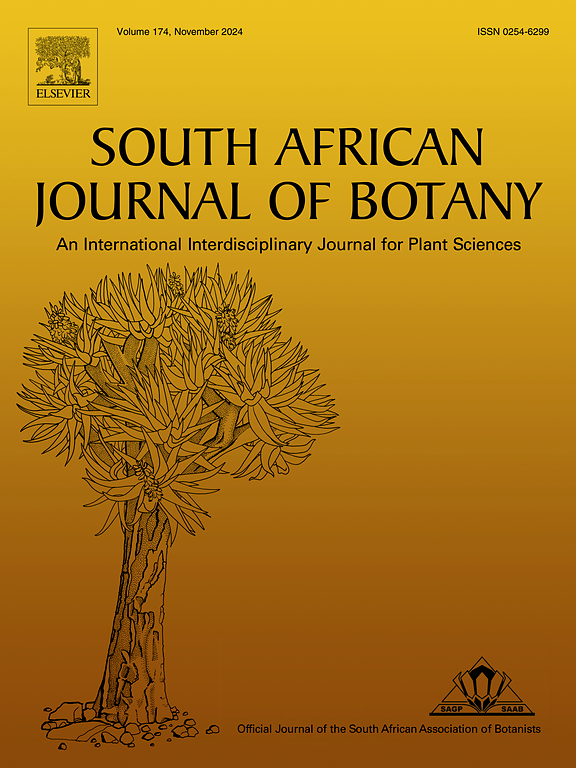Evaluating the nutraceutical and antioxidative potential of alginate beads entrapped marine diatoms
IF 2.7
3区 生物学
Q2 PLANT SCIENCES
引用次数: 0
Abstract
Diatoms are a rich source of diverse bioactive compounds, suggesting substantial nutraceutical and biotechnological potential. The present study evaluates and compares a detailed biochemical and metabolic assessment, including protein, carbohydrate, phenolic content, chrysolaminarin, flavonoids, pigments, total lipid, biodiesel, polysaccharide estimation, and various antioxidative enzyme assays, within the entrapped alginate beads (referred to as 1) three different marine diatom species: Chaetoceros gracilis, Thalassiosira weissflogii, and Cylindrotheca sp. versus their free-cell counterparts (referred as 2). Fatty acid profiling revealed that CY2 has a high content of PUFAs at 42.91 %, with EPA constituting 31.03 %. Additionally, T2 exhibited the highest DHA content at 0.733 %. Biochemical assessment demonstrated that T2 has the highest protein content (127.34 ± 0.15 mg g-1) and CY1 has the highest chrysolaminarin content (163.97± 1.71mg g-1), while CY2 exhibits the highest carbohydrate content at 6.90± 0.21 mg g-1. In this study, fucoxanthin was highest in T2 (4.34 ± 0.12 mg g-1) and carotenoids were highest in CY1 (27.01 ± 1.50 mg g-1 respectively). DPPH was highest in C1 (51.85 TE g DW -1), while ABTS activity was maximum in T1 (158.83 TE g DW−1). Sustaining a balanced intake of n-6 and n-3 PUFAs is crucial for maintaining nutritional value. In the present study lipid nutritional quality shows CY2 has the lowest AI and TI values followed by T2 which contribute to various health benefits. Overall, the findings demonstrate that immobilized diatoms, which are eco-friendly and reusable, can serve as sustainable sources of essential nutrients and antioxidants. This research paves the way for their application in human health and fosters a more sustainable and circular economy within the nutraceutical sector, highlighting their potential to enhance food security, improve health outcomes, and promote environmentally friendly practices in the industry.

求助全文
约1分钟内获得全文
求助全文
来源期刊

South African Journal of Botany
生物-植物科学
CiteScore
5.20
自引率
9.70%
发文量
709
审稿时长
61 days
期刊介绍:
The South African Journal of Botany publishes original papers that deal with the classification, biodiversity, morphology, physiology, molecular biology, ecology, biotechnology, ethnobotany and other botanically related aspects of species that are of importance to southern Africa. Manuscripts dealing with significant new findings on other species of the world and general botanical principles will also be considered and are encouraged.
 求助内容:
求助内容: 应助结果提醒方式:
应助结果提醒方式:


